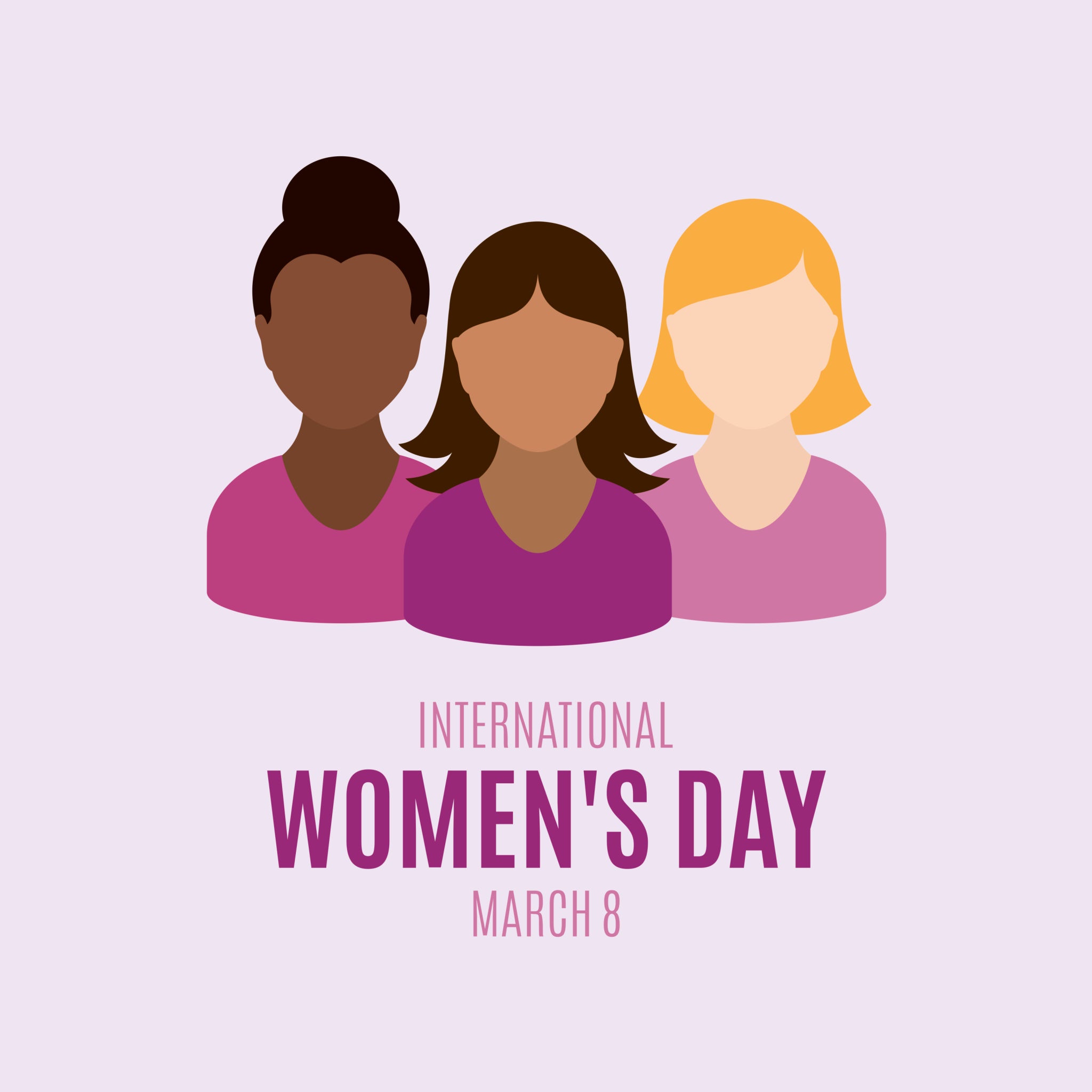Women’s Day 2024: International Women’s Day (IWD), celebrated annually on March 8, is a global day acknowledging the social, economic, cultural, and political achievements of women. The day also marks a call to action for accelerating gender parity. Not only does it celebrate the achievements and progress women have made, but it also highlights the ongoing struggles for equality and the need for continued advocacy and action worldwide.

On this day, several events take place globally to highlight the collective efforts of everyone who cares about human rights in the ongoing struggle for gender parity. As Gloria Steinem aptly stated, “The story of women’s struggle for equality belongs to neither a single feminist nor any one organisation but to the collective efforts of all who care about human rights.”
Here is everything one needs to know about International Women’s Day 2024.
2024 International Women’s Day Theme
The United Nations has designated the year 2024’s theme as ‘Invest in Women: Accelerate Progress’ with a focus on addressing economic disempowerment, while the campaign theme for this year is ‘Inspire Inclusion.’
It highlights the significance of diversity and empowerment across all sectors of society. Through this campaign, there is a strong emphasis on recognising the importance of diversity and empowerment in various spheres of society and underscoring the pivotal role of inclusion in advancing gender equality.
International Women’s Day: The Origin
International Women’s Day has its origins in the early 20th century, which arose from the labour movements in North America and Europe. The first National Women’s Day was observed in the United States on February 28, 1909, which was organized by the Socialist Party of America to commemorate the 1908 garment workers’ strike in New York, where women protested against working conditions.
Later in 1910, Clara Zetkin proposed International Women’s Day at the International Women’s Conference in Copenhagen. The idea was unanimously approved, leading to the first observance in 1911 in several European countries, with over a million participants advocating for women’s rights.
Over the years, International Women’s Day has grown to become a global day of recognition and celebration. The United Nations began celebrating the day in 1975, and two years later, in 1977, the UN General Assembly invited member states to proclaim March 8 as the UN Day for Women’s Rights and World Peace.
Significance
The significance of International Women’s Day lies in its ability to bring attention to issues such as gender equality, reproductive rights, and violence and abuse against women. It provides a platform for collective action and collaboration in advocating for women’s rights and empowerment. All in all, this day is a reminder that gender parity is still far from being achieved, with the World Economic Forum estimating that it will take over a century for gender equality to be attained.
International Women’s Day is not just a day to celebrate the achievements of women; it’s also a call to action for gender equality, hereby encouraging reflection, advocacy, and action to continue breaking down barriers for women and girls around the globe.




